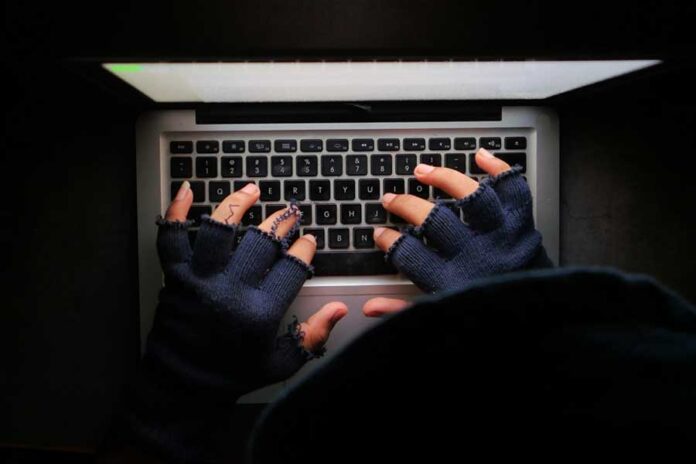Homeland Security Investigations plans to tackle organized retail crime in Hawaii amid growing concerns over attacks on stores nationally and schemes that generate an estimated $69 billion in illicit profits in the U.S. every year.
HSI is partnering with the Association of Certified Anti-Money Laundering Specialists, also known as ACAMS, to help combat organized retail crime, which involves the large-scale theft of retail merchandise with the intent to sell.
“In Hawaii, organized retail crime is not something that only impacts large department stores. It hits small businesses particularly hard,” Special Agent in Charge John F. Tobon said in a news release Tuesday. “It hurts the economy, business owners and the consumer in many ways.”
In contrast to shoplifters, organized theft groups engage in large-scale thefts which rely on teams of “boosters” who steal goods from major retail stores, “cleaners” who disguise the origins of stolen merchandise, “fencers” who resell products through brick-and-mortar fronts and major e-commerce websites and professional money launderers who funnel illicit profits to criminals orchestrating schemes. In many instances, organized theft groups resort to violence or violent threats against employees of retail companies.
“Organized retail crime is leading to more brazen, more violent attacks in retail stores throughout the country and many of the criminal rings orchestrating these thefts are also involved in other serious criminal activity,” said Steve Francis, HSI’s acting executive associate director. “Tackling this growing threat is important to the safety of store employees, customers, and communities across the country.”
A joint report by the two organizations highlights red flags associated with criminal organizations, including large purchases of store-value cards, high-dollar wire transfers tied to wholesale companies involved with health and beauty supplies and large purchases of lighter fluid or heat guns, among others.
The report, “Detecting and Reporting the Illicit Financial Flows Tied to Organized Theft Groups and Organized Retail Crime,” also outlines how organized criminals steal and resell goods through online marketplaces and front companies and launder an estimated $69 billion in illicit profits through the U.S. financial system and trade-based money laundering schemes each year.
Law enforcement agencies, retailers, online marketplaces and financial institutions need to collaborate in public-private partnerships to facilitate information sharing and coordinate actions that help investigators better combat organized retail crime, the report says. Banks and other institutions can also consider “reasonably” enhancing anti-money laundering and counterterrorist financing compliance programs to detect and report activity linked to organized retail crime.
“Organized retail theft is a low-risk, high-reward crime that generates nearly $70 billion in the United States alone, and much of that sum is routed into financial institutions under the guise of legitimate sales made through online marketplaces,” said Lauren Kohr, co-author of the report and ACAMS senior director of anti-money laundering in the Americas. “For this reason, it is critical that banks and other financial institutions are not only aware of the scale of the problem but also actively work to identify and report related suspicious activity.”
Members of the public can report suspicious activity, including organized retail crime, by calling the toll-free tip line at (866) 347-2423.









